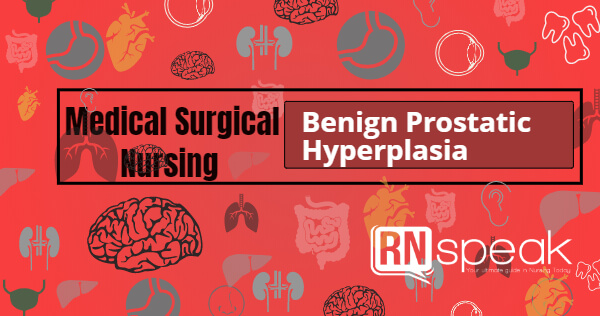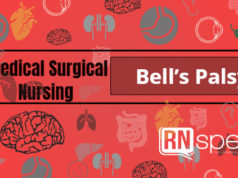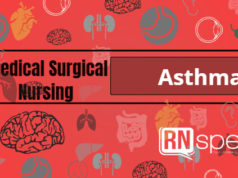Benign Prostatic Hyperplasia is a condition wherein the prostate gets enlarged, causing it to compress the urethra. This will lead to the manifestation of urinary symptoms. By the age of 80, one out of four men suffers from BPH.
Pathophysiology/Etiology
Studies show that the aging process and androgens may contribute to the advancement of benign prostatic hyperplasia. As the prostate enlarges, nodules are formed out of the prostatic tissue. The normal appearance of the outer capsule of the prostate is commonly fibrous and thin in nature. However, it turns into spongy and thick when the prostate increases in size. As it progresses, the prostatic urethra becomes constricted, causing the muscles of the bladder to exert more effort to expel the urine. Chronic effects of the obstruction may lead to the formation of cords called trabeculation of the bladder wall. Trabeculation can decrease the bladder wall’s elasticity.
Clinical Manifestations
- In the early period of the condition, there are no evident symptoms because the urethral resistance can be compensated by the detrusor muscles.
- Obstructive symptoms – hesitancy, terminal dribbling, decrease in size and force of urinary stream, urinary retention and sensation of incomplete bladder emptying
- Voiding irritation symptoms – frequency, urgency and nocturia
Diagnostic Evaluation
- Rectal examination
- Urinalysis
- Serum Creatinine and BUN
- Serum PSA
- Optional diagnostic studies
-
- Urodynamics
- Measurement of post-void residual urine
- Cystourethroscopy
-
Nursing Diagnosis
- Acute/Chronic Urinary Retention
- Acute Pain
Medical Management
- Annual physical examination is required for patients presenting mild symptoms (those with no significant bladder or renal impairment). Not all cases of benign prostatic hyperplasia progress into chronic conditions.
- Pharmacologic management
-
- Alpha-adrenergic blockers such as Prazosin (Minipress), Doxazosin (Cardura) and Terazosin (Hytrin) – aid in relaxing the smooth muscle of the prostate and base of the bladder
- Finasteride (Proscar) – causes anti-androgenic effects on the cells of the prostate, averts hyperplasia.
-
- Balloon dilation of the prostatic urethra gives short-term relief from symptoms.
- Surgery – Transurethral Resection of the Prostate (TURP) and Transurethral Incision of the Prostate (TUIP), or open prostatectomy
- More advance approaches – laser surgery, microwave hyperthermia management and introduction of prostatic stents or coils
Benign Prostatic Hyperplasia (BPH) Nursing Management
A. Facilitating Urinary Elimination
- Provide privacy for the patient and allow enough time for voiding.
- Palpate/percuss suprapubic area to check for bladder distention.
- Encourage to increase oral fluid intake up to 2-4L of water as tolerated.
- Assist with the catheter insertion as indicated.
-
- Monitor vital signs and input and output.
- Maintain patency of the catheter.
-
5. Administer medications as ordered and provide health teaching on how to check for the side-effects.
-
-
- Alpha-adrenergic blockers – orthostatic hypotension, syncope, blurred vision, impotence, rebound hypertension if discontinued suddenly
- Finasteride (Proscar) – impotence, hepatic dysfunction, interference with PSA testing
-
B. Relieving of pain
- Assess pain, noting location, intensity, and duration. Use the scale of pain.
- Provide a calm and quiet environment.
- Encourage to use hot sitz baths.
- Provide rest periods.
Complications
- Acute urinary retention, bladder diverticula, involuntary contractions of the bladder and cystolithiasis
- Hydroureter, vesicouretral reflux and hydronephrosis
- Urinary tract infection (UTI) and gross hematuria
Reference
- The Lippincott Manual of Nursing Practice 6th edition edited by Nettina, Sandra M.








